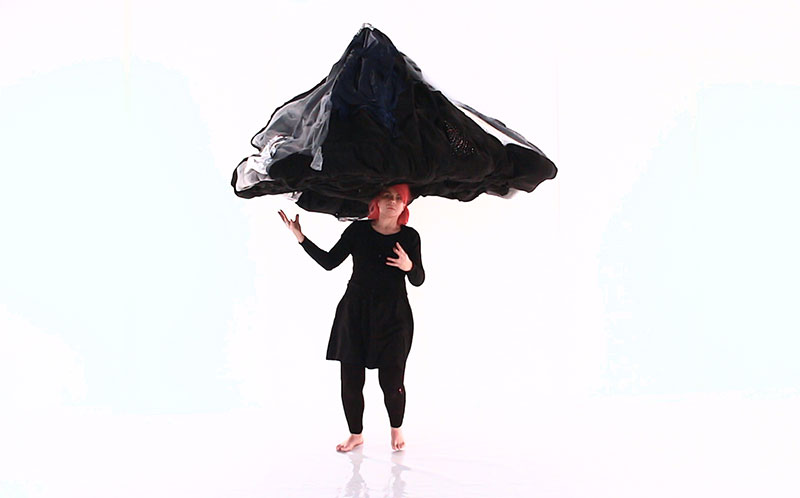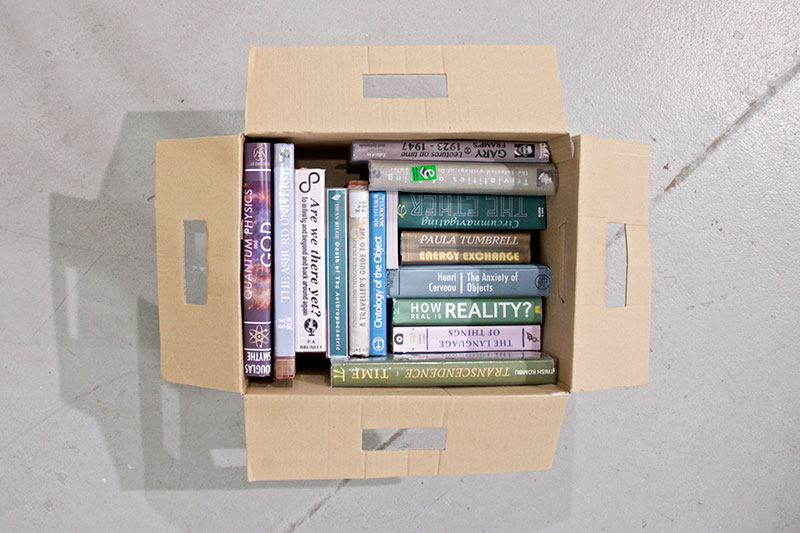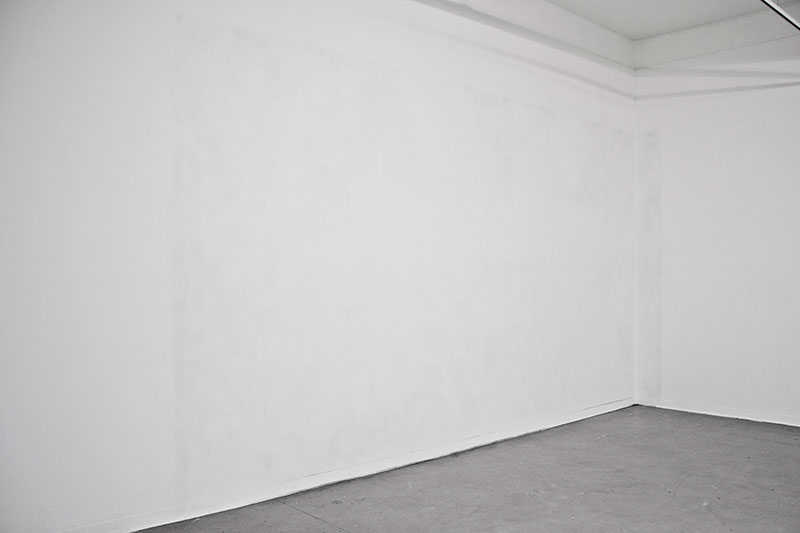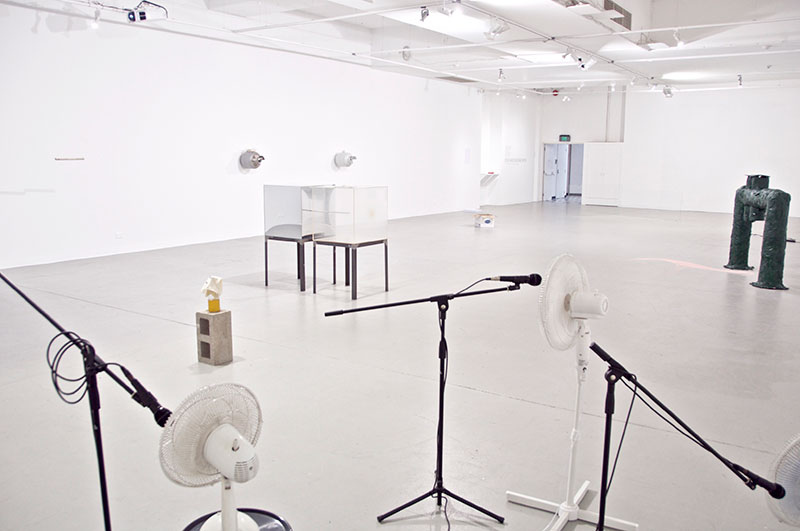
artist.
Curated by Katie Barber and Stan Mahoney, Dug and Digging With has been in the making for twelve months and features an impressive line-up of South Australian artists, including Matthew Bradley, Matea Gluscevic, Ray Harris, Matt Huppatz, Julia McInerney, Riley O’Keeffe and Tom Squires. The work on show in this exhibition at the Australian Experimental Art Foundation does much to highlight the deep pool of talent in this state, timely also as it coincides with substantial cuts to funding for emerging and experimental visual arts in the recent round of Australia Council grants.
Politics aside, the risk-taking in this show represents a leap of faith. Dug and Digging With is speculative, open-ended and deliberately unfinished. The exhibition and the accompanying publication dig out “the big heavy stuff” to present a fluid discussion, led by the artists and curators, as a sprawling conversation that attempts to shed light on the nature of Being and Art. Part curatorial rationale and part philosophical excavation, the book is not just a document of the process, but an essential part of its proposition and attempts to come up with a working hypothesis. It reveals how each member of the collaboration is bent on creating work and thinking through the unwieldy nature of existence with open expectations as to the outcome.

Riley O’Keeffe specialises in investigating the universal condition, a state that is increasingly precarious in the West and its obsession with the individual. The titles of his work for this exhibition, The Last Report from an Unidentified Space Station (2012–16) and Hypothetical Bibliography for Hypothetical Project (2016), read like hypothetical adventures conceived as abstractions. In The Last Report from an Unidentified Space Station, we are presented with a set of ever-running pedestal fans, whose amplified humming permeates the gallery. A thrumming white noise, waxing and waning as the fans turn, it comes across like the intermittent transmission of undeciphered radio waves from an alien signal or base level of communication that we don’t yet understand. In this work, O’Keefe draws out possible narratives of intrepid exploration as signs of life that yet remain unheeded, through a work of pure speculation around the parsing of information across a liminal border between what is and what could be.
Julia McInerney’s work also blurs the threshold of perceptible reality. Running from floor to ceiling, (Op.48) Nocturne no.1 in C minor (spectacle frames ground to dust and applied to a wall) (2016) covers the entire eastern wall and continues just over the corner. The spectacles, now a field of fine dark dust spread thinly over the wall, uneven in density, teases out the subtlety of seeing and perceiving the surface. In radically changing the formal function and aspect of spectacles, what do they then become? How do they address the optics of sight? How much of what we see is filtered through the frame? Perhaps, through the darkness of the dust, we have a new appreciation of lightness. Does the obstruction of our sight, cause us to look again at the ordinary world, and see things differently, as somehow re-imagined?

On the opposite wall, a moving image work, The Iceberg by Ray Harris, reflects Harris’s ongoing concern with endurance and performance. In this work, the artist dressed in black, appears from underneath an oversized black sculpture of an iceberg. Misshapen and bulbous, it looms precariously over her as she tries to balance it on her head. An absurd task, as a performance, this strangeness resonates with lived experience, where in a single day crushing banality can bring satisfaction and heartbreak can bring joy. Harris’s struggle in this work of art can be seen as a hypothesis on life, in the need for balance and equilibrium perhaps. In Harris’s sisyphean task, you can see why this struggle, like the attempt to attain a fully realised selfhood, is called an “act”.
Investigating the transcendental euphoric state that comes from the party scene, Matt Huppatz uses Smoke & Mirrors (2016) to delve further into presentations of self. The sculpture, made from two cubes, one mirrored and one transparent, is joined together by a narrow metal pipe that feeds smoke between the two sealed interiors. As embodied in the title, this work combines the formal, literalist qualities of minimalism with the human impulse to seek out or expose a “true” or “false” self. There is something particularly satisfying in the formal qualities of Huppatz’s work and the irony of the need to tame and contain these more ungovernable expressions of the self.

In Hitchhikers Guide to The Galaxy, the supercomputer Deep Thought is designed to calculate the “answer to the ultimate question of life, the universe, and everything”, but when the answer is delivered, it becomes apparent that the problem is the question. In Dug and Digging With, the artists have presented various bold propositions around questions about the human condition. But, clearly, like the efforts of the supercomputer, they are no closer to resolution than what was determined from the start. This exhibition is not an easy crowd-pleaser, as with the nature of experimental art it takes time to absorb the propositions and aesthetic qualities of the work. Much of what is happening resides in the viewer’s head, as intangible and suggestive ideas that require time to mull over. There are no answers here, just open questions and concepts that variously attempt to explain the human condition.

